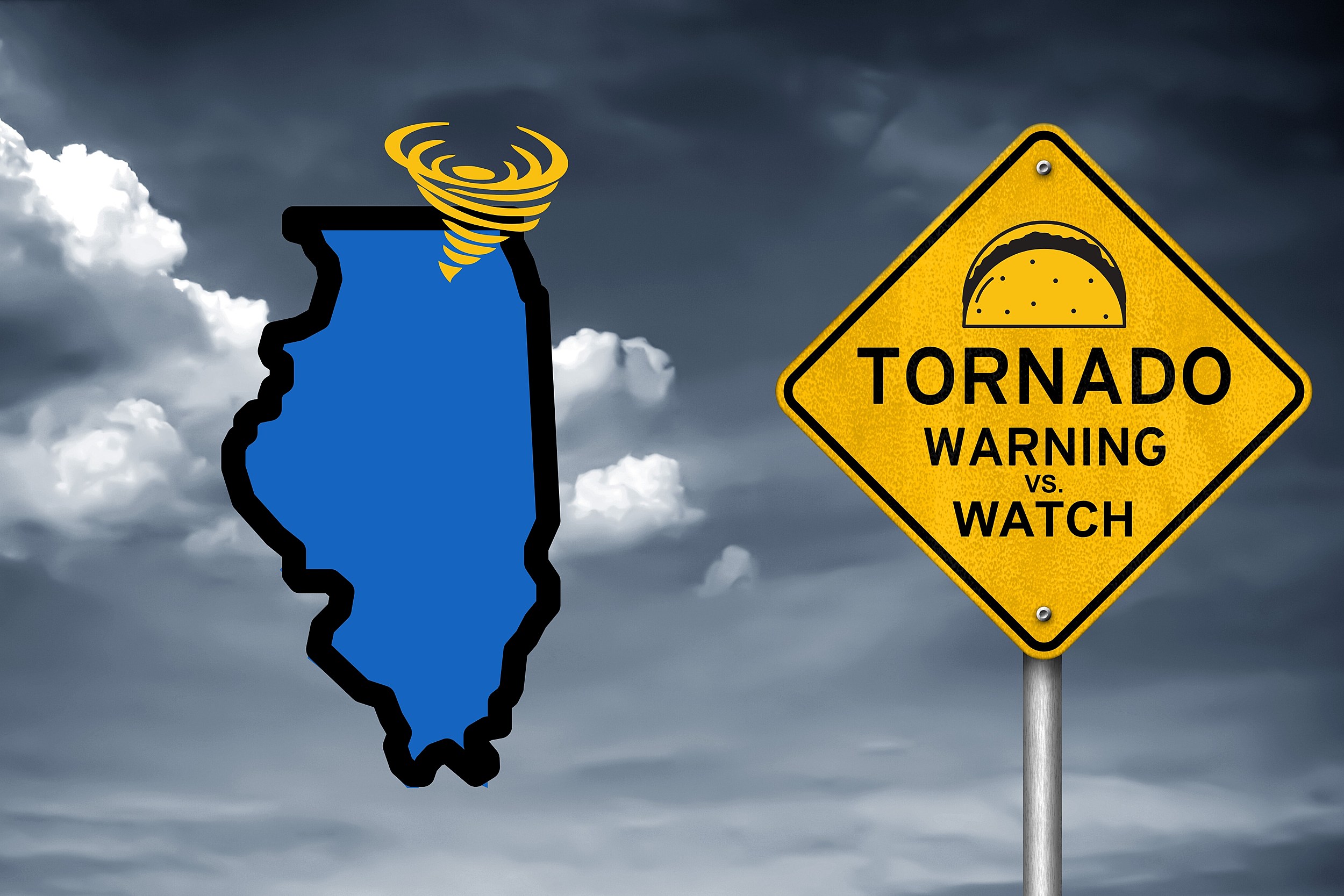What Happened
San Antonio and surrounding areas are currently experiencing severe weather conditions, including heavy storms and flash flood warnings. The National Weather Service has issued a flash flood watch for several counties, including Bexar, Blanco, Comal, Hays, Kendall, and Medina, anticipating significant rainfall that could lead to flooding. The storms are expected to continue through the night and into the early morning hours, with the heaviest rainfall predicted between midnight and noon tomorrow. Meteorologists have warned that some storms could become severe, bringing risks of high winds, large hail, and frequent lightning.
As of the latest reports, rainfall totals in the region could reach between 2 to 4 inches, with isolated areas potentially receiving up to 6 inches. The storms are largely driven by a mid-level low pressure system moving eastward, combined with moisture flowing in from the tropics. This weather pattern has already resulted in strong storms in areas west of San Antonio, including reports of wind gusts reaching 66 mph in Del Rio and damage in Sabinal.
Key Details
- Flash Flood Watch: Issued for Bexar, Blanco, Comal, Hays, Kendall, and Medina Counties, effective until 7:00 PM Thursday.
- Rainfall Predictions: Expected rainfall of 2 to 4 inches, with localized amounts potentially reaching 6 inches.
- Severe Weather Risks: Potential for severe storms with high winds, hail, and frequent lightning.
- Timing: Storms are expected to peak between midnight tonight and noon tomorrow.
- Previous Storm Activity: Earlier storms produced significant rainfall and wind damage in areas west of San Antonio.
Multiple Perspectives
Meteorologists have provided varying forecasts regarding the potential severity of the storms. Some experts emphasize the likelihood of flash flooding due to urban development along the I-35 corridor, which could exacerbate flooding issues. The National Oceanic and Atmospheric Administration (NOAA) has categorized the area under a “moderate risk” for excessive rainfall, indicating a heightened concern for flooding.
Conversely, some forecasts suggest that the most severe impacts may be localized, with areas west of San Antonio experiencing minimal storm activity. This discrepancy highlights the challenges in predicting storm behavior and intensity, particularly in rapidly changing weather conditions.
Residents have been advised to remain vigilant and prepared for possible severe weather, with local authorities urging caution during the overnight hours. The community’s response has been mixed, with some residents expressing concern over the potential for flooding while others remain hopeful that the storms will pass with minimal impact.
Context & Background
Severe weather events, including thunderstorms and flooding, are not uncommon in South Texas, particularly during the spring and summer months when atmospheric conditions are conducive to such phenomena. The region’s geography, characterized by urban development and proximity to rivers, can amplify the effects of heavy rainfall, leading to flash flooding.
The recent weather patterns are influenced by broader climatic trends, including increased moisture from tropical systems and atmospheric disturbances. Understanding these factors is crucial for residents and local officials as they prepare for and respond to severe weather events.
The issuance of flash flood watches and severe weather warnings is part of a broader effort by meteorological agencies to inform and protect the public. Local news outlets, such as KSAT and News4SanAntonio, play a vital role in disseminating timely information and updates regarding weather conditions.
What We Don’t Know Yet
As the situation is still developing, several uncertainties remain. The exact path and intensity of the storms are subject to change, and meteorologists will continue to monitor conditions closely. Additionally, the potential for localized flooding and damage is difficult to predict with precision, particularly in urban areas where drainage systems may be overwhelmed.
There is also a need for ongoing assessments of the storms’ impacts once they pass, including damage reports and rainfall totals. Community preparedness and response efforts will be crucial in mitigating the effects of the storms, and local authorities will likely provide updates as more information becomes available.
In summary, while the current forecast indicates significant storm activity and potential flooding for San Antonio and surrounding areas, the situation remains fluid, and residents are encouraged to stay informed and prepared for changing conditions.


